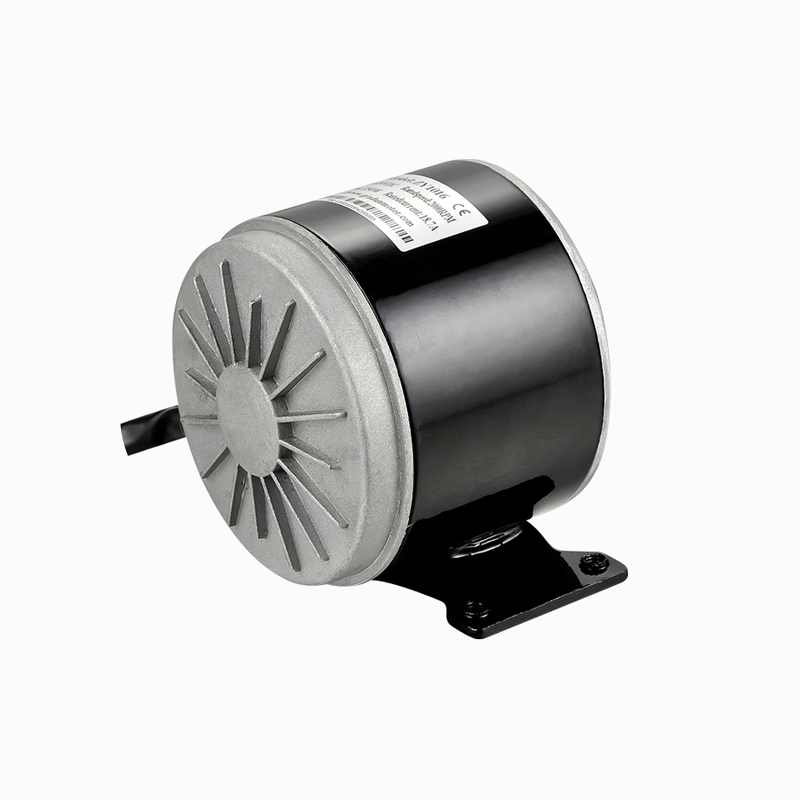Call us
+86-18023576732
+86-0579-89008006
Fax: +86-0579-82206899
Higher Efficiency and Lower Power Loss
One of the significant advantages of a Permanent Magnet DC Motor over a traditional brushed motor is its good energy efficiency. This type of motor eliminates the need for field windings by using permanent magnets to generate the magnetic field. As a result, it reduces the energy consumed to create magnetism, allowing more input power to be converted into mechanical output. The absence of brush-related resistance and friction also reduces energy loss, making this motor a more efficient solution in both industrial and consumer applications where power savings are crucial.

Reduced Maintenance Requirements
Brushed motors rely on physical contact between carbon brushes and a commutator to deliver current, which causes wear and tear over time. In contrast, a Permanent Magnet DC Motor often uses brushless designs or fewer mechanical contacts, resulting in longer operational life and less frequent servicing. Without the need to replace brushes or clean the commutator, users benefit from reduced downtime and maintenance costs. This feature is especially advantageous in applications where reliability and longevity are essential, such as electric vehicles, automation systems, and medical devices.
Compact Design with High Power Density
The structure of a Permanent Magnet DC Motor allows for a more compact design with greater power output relative to its size. Since there is no need for bulky field windings and the magnetic field is generated directly by the magnets, the motor can deliver higher torque and speed in a smaller footprint. This makes it ideal for space-constrained environments where size and weight are critical factors, such as drones, robotics, and portable tools. The improved power-to-weight ratio enables manufacturers to develop more efficient and lightweight products.
Improved Dynamic Response and Control Precision
Permanent magnet motors generally offer faster response times and smoother operation due to their lower inertia and reduced mechanical friction. The precise control over torque and speed makes them highly suitable for systems that require rapid acceleration or deceleration, as well as consistent performance across a wide range of operating conditions. This is particularly beneficial in automated machinery and robotics, where precise movement control is essential. The linear torque-speed characteristics also enhance the ease of integrating with modern digital controllers and feedback systems.
Quieter and Cleaner Operation
Traditional brushed motors generate noise and electrical interference due to the physical contact between brushes and the commutator. This mechanical interaction can cause audible buzzing, sparks, and electromagnetic interference. A Permanent Magnet DC Motor reduces or eliminates this contact, resulting in significantly quieter operation and reduced electrical noise. These characteristics are particularly advantageous in noise-sensitive environments like offices, hospitals, or residential settings and are critical for compliance with EMI (electromagnetic interference) standards in sensitive electronic systems.
Better Thermal Management and Longevity
Without the resistive heating produced by brushes and with fewer moving parts to generate friction, Permanent Magnet DC Motors tend to operate at lower temperatures. Better thermal performance not only improves the efficiency but also extends the motor’s service life. In addition, lower heat generation allows for simpler cooling solutions, reducing the need for additional components like fans or heat sinks. This contributes to more compact system designs and enhances overall reliability, particularly in continuous-duty operations.
Conclusion: A Choice for Modern Engineering Needs
In conclusion, the Permanent Magnet DC Motor offers a range of distinct advantages over traditional brushed motors. Its higher efficiency, reduced maintenance, compact size, better responsiveness, quiet operation, and improved thermal characteristics make it a good choice for modern applications. Whether used in electric vehicles, industrial automation, or consumer electronics, this motor type delivers performance benefits that align with current engineering and sustainability goals. As technology continues to evolve, its role is expected to expand across even more industries demanding reliability, efficiency, and precision.
Contact Us